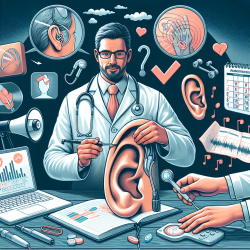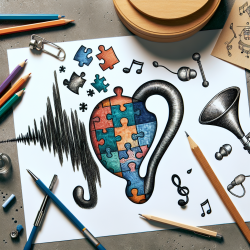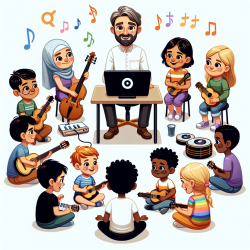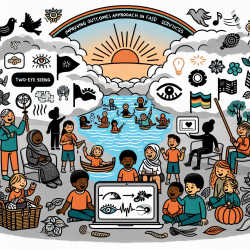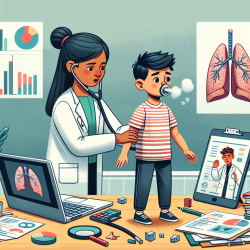The evolution of aural rehabilitation programs over the years has significantly improved the quality of care for individuals with hearing impairments. A prime example of such progress is illustrated in the research paper titled "A Hearing Aid and Aural Rehabilitation Follow-Up Program" conducted at Mount Sinai Hospital. This study outlines the development and implementation of a comprehensive program aimed at enhancing the effectiveness of hearing aid use and aural rehabilitation, offering valuable insights for practitioners looking to refine their skills and approaches in this field.
The program began as a simple lab notebook listing patients seen for hearing aid evaluations and has since expanded in scope and complexity. The introduction of new hearing aid and earmold technology has made even basic hearing aid fitting a complex task, necessitating a follow-up program that includes classes for patients and their families to understand hearing loss and strategies for coping with it. The follow-up process, critical to the program's success, involves at least one check near the end of the trial period and a ten-month check near the expiry of the hearing aid's warranty.
One of the key elements highlighted in the study is the importance of record-keeping and documentation. The program implemented a computer database system to facilitate charting and monitoring of individual patient information for each aspect of the program. This system not only aids in documenting treatments and follow-up contacts but also in measuring program effectiveness and patient progress.
For practitioners, the study underscores the necessity of a thorough evaluation of each patient's needs, emphasizing a uniform assessment approach to ensure more consistent and higher quality of aural rehabilitation. The program's record-keeping strategy, including the use of color-coded forms for different stages of the evaluation and follow-up, serves as a model for organizing and standardizing patient information.
However, despite these advancements, the program revealed a significant number of patients who did not achieve optimal rehabilitation outcomes, highlighting areas for improvement. This includes addressing non-compliance, rejection of the aid, loss to follow-up, and difficulties with the aid itself. The findings suggest that repeated counseling and instruction are essential for maximizing hearing aid use.
The research also touches on the use of communication aids beyond hearing aids, such as telephone amplifiers. Despite being informed about these additional tools, less than half of the patients opted to purchase one, indicating a need for further reinforcement and guidance from audiologists.
In conclusion, "A Hearing Aid and Aural Rehabilitation Follow-Up Program" offers a wealth of information for practitioners looking to enhance their aural rehabilitation services. By implementing the outlined strategies and focusing on thorough patient evaluation, record-keeping, and follow-up, practitioners can improve patient outcomes and satisfaction. Moreover, the study highlights the importance of encouraging the use of additional communication aids and providing the necessary support for patients to integrate these tools into their lives effectively.
For those interested in delving deeper into the methodologies and findings of this groundbreaking program, I highly recommend reading the original research paper. To read the original research paper, please follow this link: A Hearing Aid and Aural Rehabilitation Follow-Up Program.
